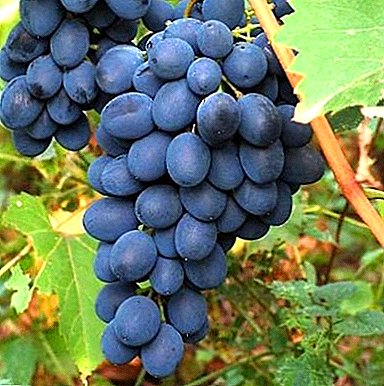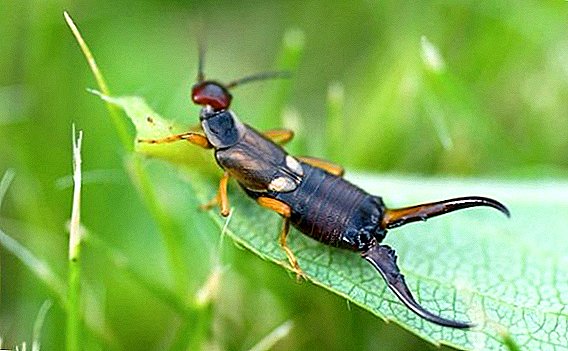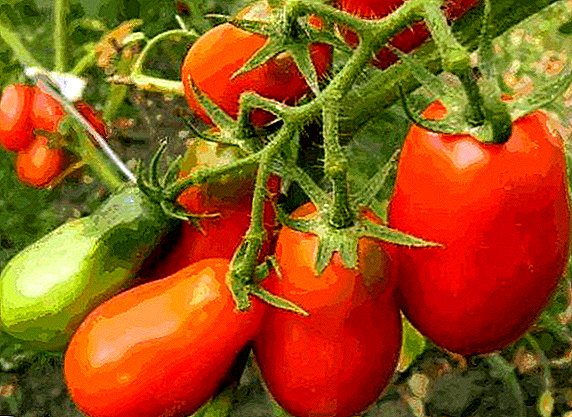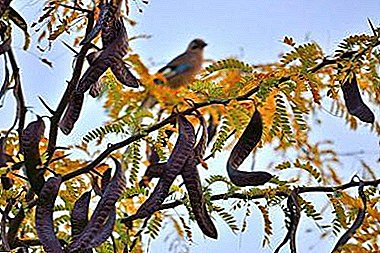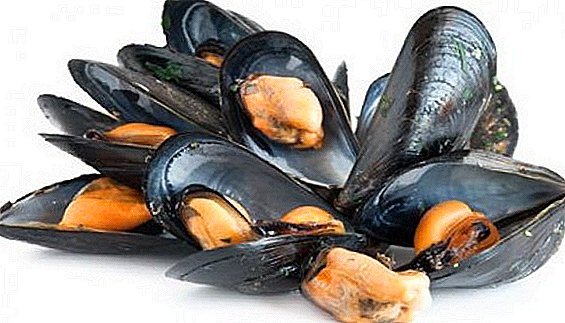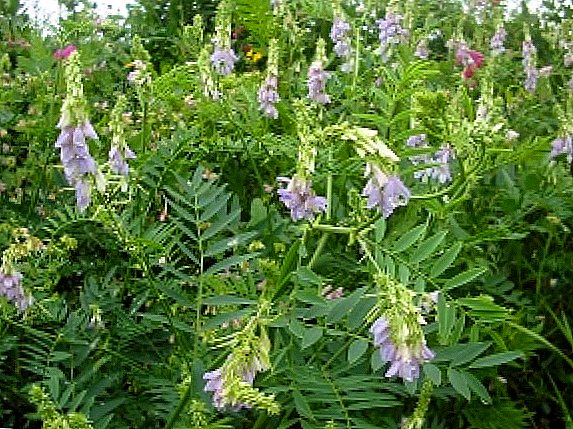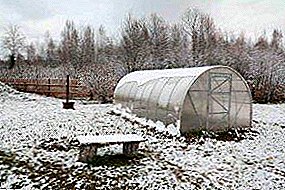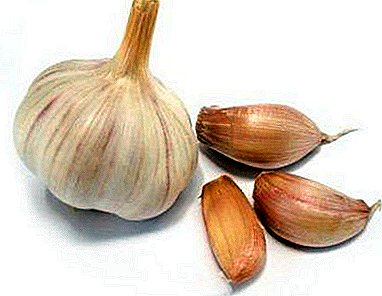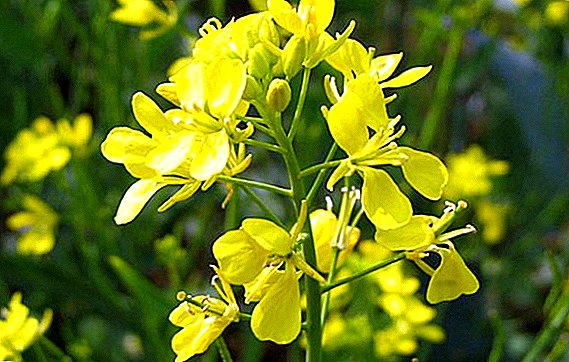 White mustard (also called yellow due to flowering) belongs to the annual plants of the Cabbage family. White mustard is grown as a fodder crop and siderat (fertilizer).
White mustard (also called yellow due to flowering) belongs to the annual plants of the Cabbage family. White mustard is grown as a fodder crop and siderat (fertilizer).
In this article, we will learn about when to sow and dig it, as well as its useful properties.
Mustard is white as a fertilizer
It is necessary to plant a green manure on the place where the main vegetable crop will grow in the future. Its cultivation has a beneficial effect on the soil and other plants:
Did you know? Mediterranean farmers were the first to use mustard as a fertilizer.
- white mustard enriches the soil;
- turns difficult minerals into easily digestible;
- makes the soil more friable;
- reduces the possibility of mold and fungal diseases;
- discourages parasites;
- substances secreted by this plant, improve the growth of legumes, grapes.
Features of growing white mustard
Growing this crop is not a laborious process, even an aspiring gardener can handle it, since this plant is not at all capricious. It can be sown in both spring and autumn. 
When to sow?
This siderat can be planted in gardens or flower beds throughout the season, but it is most effective to sow it in the spring at least one month before planting the “main” crop. But also common landing in the autumn.
Find out what siderata sow under potatoes.In the southern regions of our country, this green manure is sown even in October, because the plant grows at a temperature of 5-10 ° C and can withstand -6 ° C.
How to sow?
Important! In the autumn, after harvesting, it is necessary to sow the siderat until the weeds appear, so that they do not interfere with the seedlings. Before sowing siderat, you need to prepare the beds.
- Remove all weeds and leftover vegetables.
- It is advisable to add humus to the soil at the rate of 10-15 kg per 1 square meter.
- Dig up and smash large piles of earth.
 Sowing culture is simple and does not require sticking to any particular pattern. Seeds need to be sown tightly, as this does not allow the soil and nutrients to be washed out during heavy rains.
Sowing culture is simple and does not require sticking to any particular pattern. Seeds need to be sown tightly, as this does not allow the soil and nutrients to be washed out during heavy rains.How to care?
Such a culture can be planted on any soil. Light, medium and even heavy soils are suitable for it, the only condition in this case is good drainage.
As siderat also use rye, phacelia, goat grass.The level of acidity can also be any, but the optimum level is 6.5 pH. Regarding lighting, the plant is also unpretentious, it can grow in the shade and in the sun.
Under favorable conditions, siderata sprouts begin to appear after a couple of days. In the process of growth requires a large amount of moisture, since the root system of the plant is superficial. During the drought period it needs abundant watering. Feed it is not necessary. 
When to dig?
Important! Mustard must not be sown at the place where Cruciferous flowers grew.Before you dig up the plant you need to mow it. This should be done before flowering, because:
- during flowering, the leaves and stem of the plant grows coarse, which prolongs the process of rotting;
- when the plant blooms, it absorbs beneficial substances from the soil, thus ceasing to be a fertilizer;
- it multiplies by self-sowing and turns into weeds.
Often gardeners sow white mustard in the fall, they have questions about when and if you need to dig at all mustard sown in the fall. 
There are two options for planting siderata in the fall:
- It is planted at the end of summer or early autumn, giving it the opportunity to grow until the onset of the first autumn frosts, then frostbite leaves are left in the garden for the whole winter. Until spring, the stem and leaves perepreyvayut, and in the spring to dig up the site. This method is the most popular among gardeners and gardeners.
- The plant is grown until the end of October, and then dug over with the help of a cultivator. If you do not have a cultivator, you can mow the siderat and grind it, and then dig up the plot. This method is most effective because the plant rottes much faster.
Other types of mustard on siderat
Sarepta (or sizuyu) mustard is also planted as a siderata. This variety is easier to tolerate the lack of moisture, but matures longer in contrast to the white. Sarepta mustard is a taller and branched plant, but its resistance to cold is much lower than that of white.
Did you know? Mustard was grown in India 3 thousand years ago.Mustard in the garden brings great benefits and the only harm it can bring is that it can turn into a weed, but this factor depends solely on your attentiveness.



